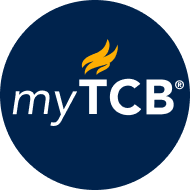
Addressing the challenge of talent shortages continues to be a key priority for CEOs and CHROs across Asia. Fast-ageing populations in many countries across the region including as Japan, South Korea, Taiwan, Singapore, and China, means that talent pools will continue to shrink in the coming years. Companies in Asia will need to proactively plan their talent strategies in the context of a graying Asia, to ensure a steady pool of talent while addressing the preferences and needs of this growing demographic segment.
In the second quarter of 2024 we conducted a survey of 1,989 baby boomers (born between 1946 and 1964) across Asia along with follow-up interviews to better understand their unique preferences and challenges.

myTCB® Members get exclusive access to webcasts, publications, data and analysis, plus discounts to events.
